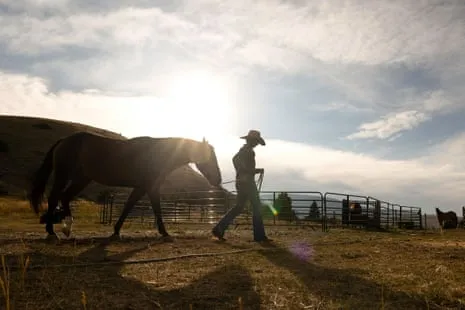 News
News
 News
News
 News
News
 News
News
Carol Ann Duffy Pens ‘Bombsite’ Poem on Trump’s UK State Visit
 Melvin Craig
Melvin Craig
 News
News
UK Chef Heston Blumenthal Introduces New Menu for Weight-Loss Drug Takers
 Melvin Craig
Melvin Craig
 News
News
Phil Salt Overpowers The Hosts in Initial T20 as Young Captain Jacob Secures An Achievement
 Melvin Craig
Melvin Craig
Today's Top Highlights
Discover our latest stories and insights from around the world
 News
News
 News
News
Historic Golden Samples Snatched in Bold Heist at France's National Institution
 By Melvin Craig
•
17 Sep 2025
By Melvin Craig
•
17 Sep 2025
 News
News
Trump Golf Course in Aberdeenshire Accused of Breaching Sewage Standards
 By Melvin Craig
•
17 Sep 2025
By Melvin Craig
•
17 Sep 2025
 News
News
 News
News
Israeli Culture Minister Vows to Eliminate Ophir Awards Funding After Palestinian Story Movie Takes Top Prize
 By Melvin Craig
•
17 Sep 2025
By Melvin Craig
•
17 Sep 2025
 News
News
Aston Villa Suffer One More Defeat: How Much of a Difference a Twelve Months Makes
 By Melvin Craig
•
17 Sep 2025
By Melvin Craig
•
17 Sep 2025
 News
News
Borderlands 4 Impressions – A More Mature Wild & Vibrant Shooter
 By Melvin Craig
•
17 Sep 2025
By Melvin Craig
•
17 Sep 2025
 News
News
What's the Optimal Way to Say Sorry? My Apologies, However I Take Issue with the Latest Recommendation...
 By Melvin Craig
•
17 Sep 2025
By Melvin Craig
•
17 Sep 2025
 News
News
Continuous Struggle Analysis – Paul Thomas Anderson’s Exhilaratingly Frenetic Alternative Culture Adventure
 By Melvin Craig
•
17 Sep 2025
By Melvin Craig
•
17 Sep 2025
 News
News
Countless Demonstrators Assemble in Downtown London to Oppose President Trump's Official UK Trip
 By Melvin Craig
•
17 Sep 2025
By Melvin Craig
•
17 Sep 2025
 News
News
Top Twenty-Five Releases Accessible on Game Pass
 By Melvin Craig
•
17 Sep 2025
By Melvin Craig
•
17 Sep 2025
 News
News
Gianluigi Donnarumma Claims Pep Can Enhance His Ball-Playing Abilities
 By Melvin Craig
•
17 Sep 2025
By Melvin Craig
•
17 Sep 2025
September 2025 Blog Roll
August 2025 Blog Roll
July 2025 Blog Roll
June 2025 Blog Roll
Popular Posts
Sponsored News

News

News

News

News

News
What's Fresh in the UK-US Tech Deal and How It Will Mean for the British Economy?
 Melvin Craig
Melvin Craig
17 Sep 2025

News
